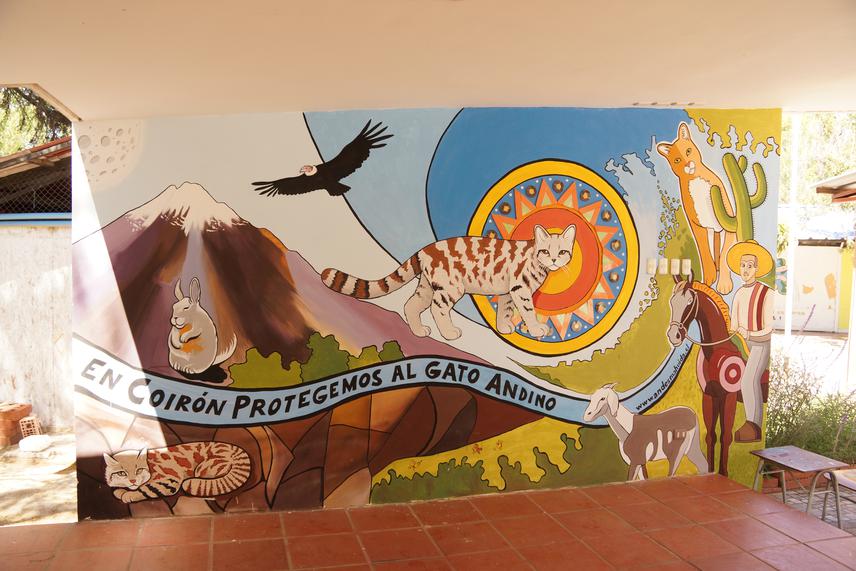Rodrigo Villalobos Aguirre
Other projects
26 Feb 2015
Developing a Community Base Conservation Management to Protect Wildcats in a High Depredation Conflict Area in Chile
The project aims to educate the local community and park rangers about andean cat conservation and determine the abundance of Andean cat in an area of Lauca National Park.

Our project seeks to contribute to the Andean cat conservation in northern Chile. As a first step, we plan to evaluate habitat use and to determine population estimations, such as abundance, in the area of Parinacota, inside and outside of Lauca National Park. This will be done using the camera trapping method of capture-recapture and will be done in a pilot area inside the Lauca National Park. A total number of 20 camera traps will be installed and monitored during a period between 4-6 months.
During the field work, we will train the local park rangers about general conservation issues, focusing on carnivores and with a fieldwork session involving carnivore monitoring and camera trap techniques in order to stimulate them to include population monitoring into their common activities. Also, an education campaign will be developed to raise awareness in the population about the Andean cat conservation issue, specially directed to the local communities but also including all the people directly or indirectly related to Andean cat and its habitat, including tourists, travel agencies and stakeholders and include the installation of informative posters in touristic routes. Informative material (brochures, posters and informative road signs) in Spanish and Aymara language will be designed about puna habitat, its characteristics and inhabitant species. Special information about Andean cat will be included, such as ecology, the main threats and the species´ importance.
We plan to design and distribute a total number of 400 leaflets, 200 posters and installation of 4 road signs in park administration houses and touristic routes inside the park. Talks will also be offered in local schools. We plan to paint the murals in 2 schools, selected in function of the number of students and localization in the area. Talks will be offered to the local park rangers of the park regarding general conservation issues and carnivore biology, ecology and conservation, with emphasis on Andean cat. A practical session of training on carnivore monitoring in the field will be done, including recollection/identification of signs of carnivore presence and camera trapping techniques. Presence of the animals will be determined by non-invasive methods (scats, latrines, tracks, photo-capture). Twenty camera-trap stations will be distributed in the study area. Each station will be active for 4 months. The estimation of the species abundance will be based on the capture-recapture method and Individual differentiation according to coloration patterns of the animals.